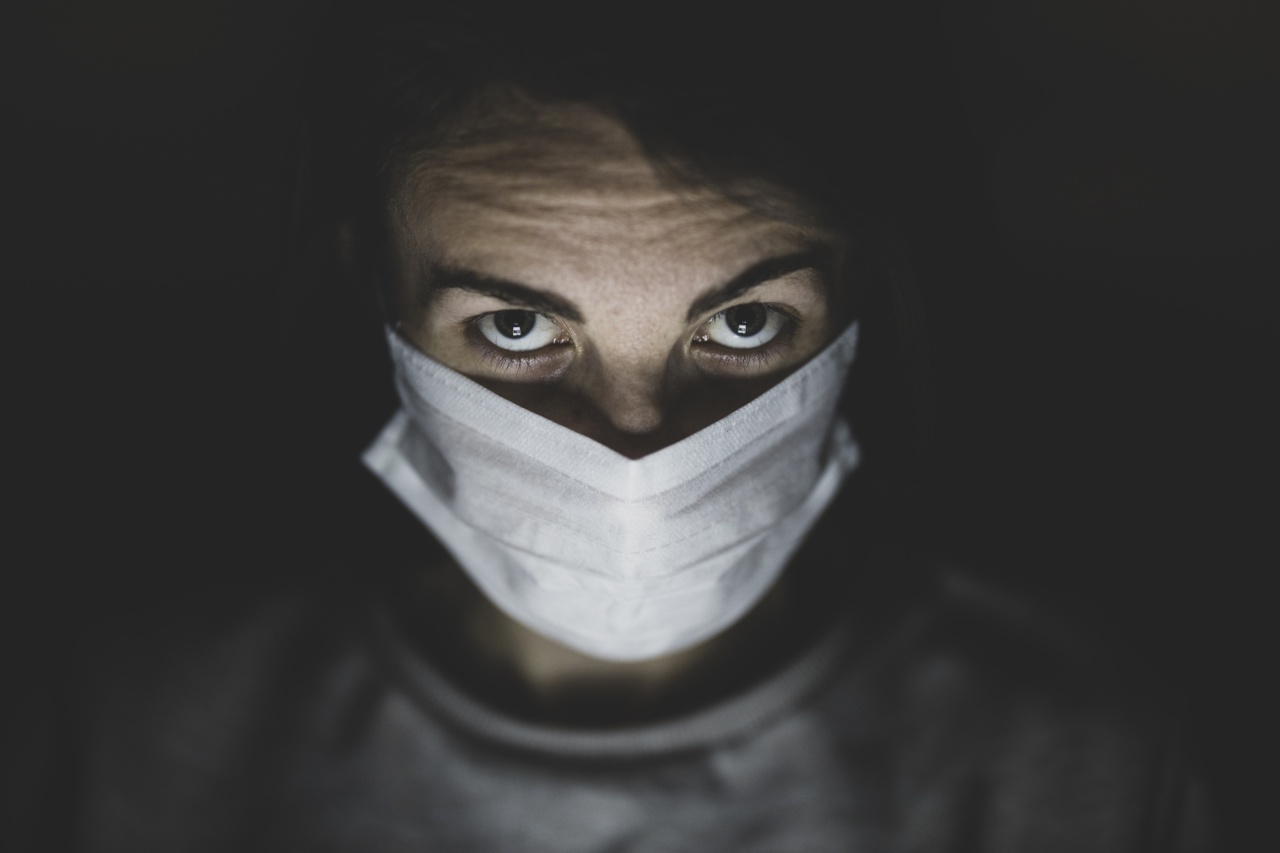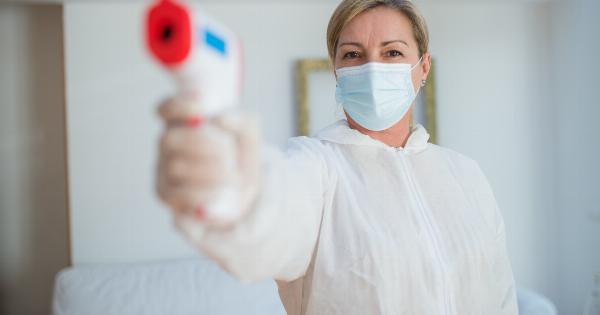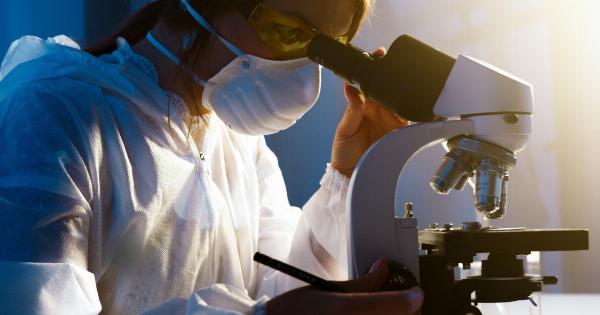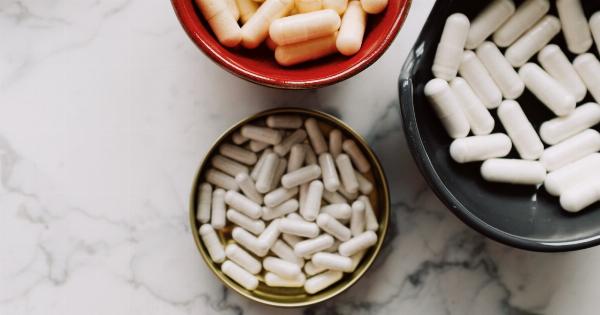Trichomoniasis is a sexually transmitted infection (STI) caused by the protozoan parasite Trichomonas vaginalis that affects both men and women.
It’s a common STI that is usually transmitted from an infected sexual partner to another uninfected partner during sexual intercourse.
What are the symptoms of Trichomoniasis?
Trichomoniasis symptoms may vary from person to person and may appear within 5 to 28 days after exposure to the infection. The common symptoms in women include:.
- Vaginal itching and burning
- Abnormal vaginal discharge, which may be yellowish, grayish, greenish, or frothy
- Foul-smelling vaginal odor
- Discomfort during urination
- Painful sex
Men with trichomoniasis may experience the following symptoms:.
- Discomfort during urination or ejaculation
- Burning sensation after urination or ejaculation
- Watery discharge from the penis
How is Trichomoniasis diagnosed?
If you experience any of the symptoms mentioned above, it’s essential to consult a healthcare provider.
The doctor will ask about your sexual history, including recent partners, and perform a physical exam to check for any discharge, inflammation, or tenderness in the genital area.
Additionally, the doctor may conduct some tests to diagnose trichomoniasis, which includes:.
- Microscopic examination: The healthcare provider may take a sample of your vaginal discharge or semen and examine it under the microscope for the presence of T. vaginalis.
- Nucleic acid amplification test (NAAT): The healthcare provider may take a swab of your genital area to test it for T. vaginalis DNA or RNA using NAAT.
If you are diagnosed with trichomoniasis, your healthcare provider may recommend your partner(s) also be tested and treated, even if they don’t show any symptoms.
Is there a cure for Trichomoniasis?
Fortunately, Trichomoniasis is a treatable STI, and most people who receive treatment can get rid of the infection. The common medications used for treating trichomoniasis include:.
- Metronidazole (Flagyl): This is an antibiotic that is usually taken orally, in a single 2-gram dose or two 500-mg doses daily taken for seven days.
- Tinidazole (Tindamax): This is another antibiotic that is also taken orally, in a single 2-gram dose or two 1-gram doses daily taken for two to five days.
It’s recommended that you avoid drinking alcohol while taking these antibiotics since interactions between alcohol and the medications used for treating trichomoniasis can cause adverse reactions like vomiting, nausea, and headache.
How to prevent Trichomoniasis?
The best way to avoid contracting trichomoniasis is to avoid having sex or limit sexual activity to one partner who is not infected with the disease.
Additionally, using latex condoms during sexual intercourse reduces the risk of getting trichomoniasis significantly. However, it’s worth noting that condoms don’t guarantee 100% protection since the infection may occur in the areas not covered by a condom.
Therefore, it’s vital to combine other preventive measures like regular STI tests to reduce the risk of getting trichomoniasis.
Conclusion
Trichomoniasis is a common STI that affects both men and women. If left untreated, it can cause severe health complications like pelvic inflammatory disease (PID) and increase the risk of getting other STIs like HIV.
Therefore, it’s essential to practice safe sex, including using condoms and getting regular STI tests, and seeking medical attention promptly in case you experience any symptoms.





























